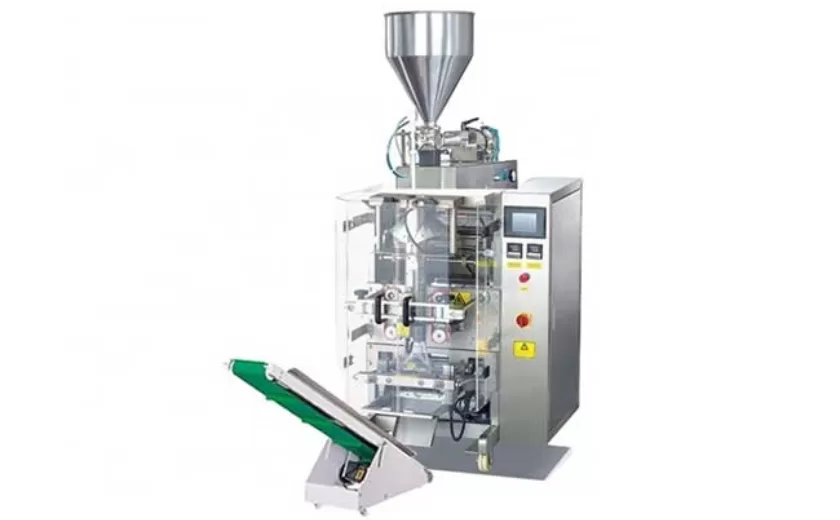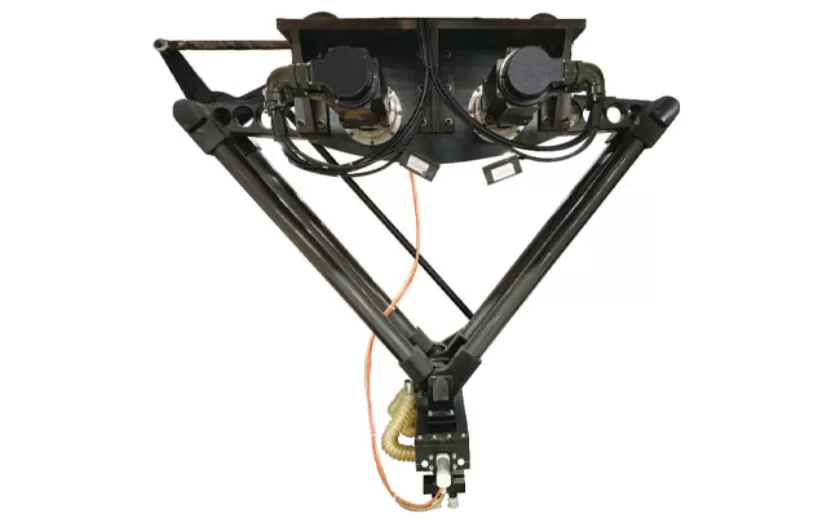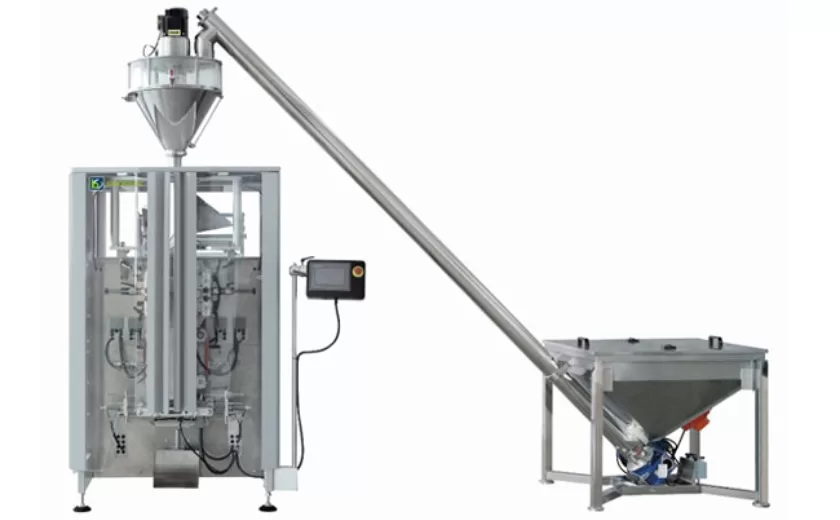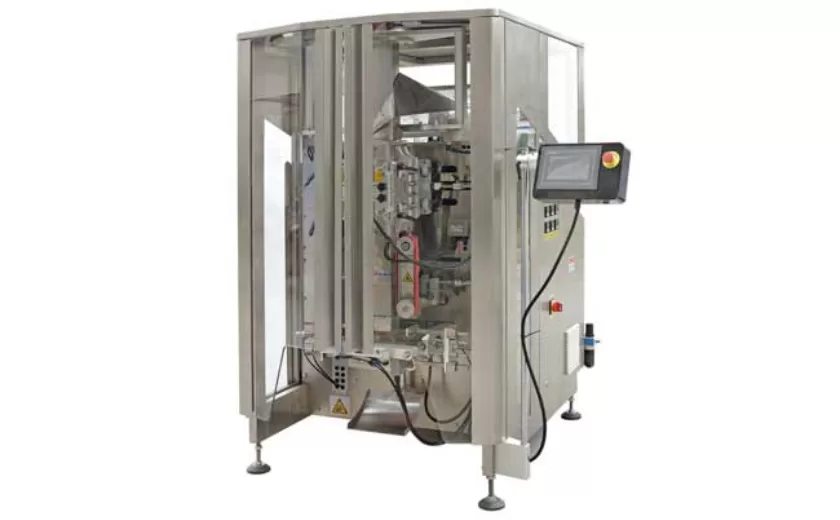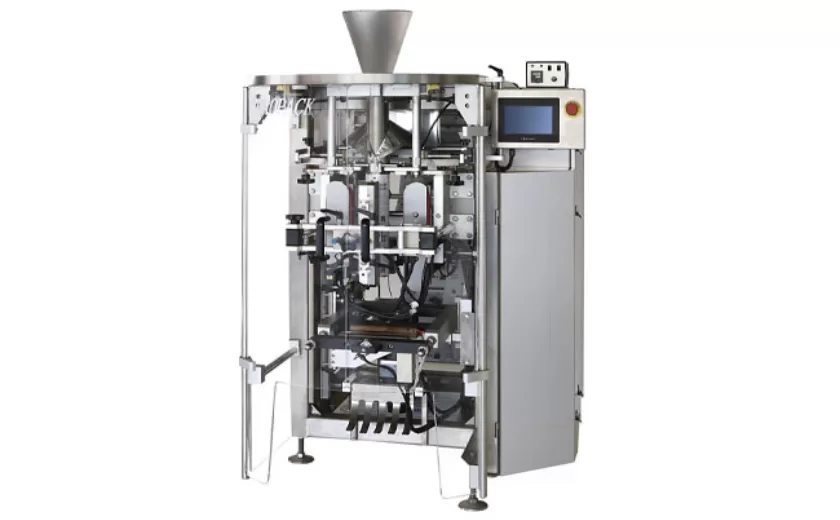Evaluating the Cost vs. Value of Investing in Liquid Milk Packing Machines
In the competitive beverage industry, optimizing production processes is crucial for profitability. One key aspect of fluid milk production is the efficient packaging of milk into consumer-ready containers. Investing in high-quality liquid milk packing machines can significantly impact a dairy’s cost structure and overall value proposition. This article evaluates the cost versus value of investing in liquid milk packing machines, highlighting key considerations and potential benefits.
Capital Costs
The initial capital investment for liquid milk packing machines represents a significant upfront expense. Factors such as machine size, capacity, and automation level heavily influence the cost. However, it is crucial to consider the long-term cost savings that can be achieved by investing in efficient equipment.
Operating Costs
Operating costs include expenses incurred during the machine’s operation, such as energy consumption, maintenance, and labor costs. Energy-efficient machines can significantly reduce energy bills over the long term. Similarly, machines with low maintenance requirements can minimize downtime and labor costs associated with repairs.
Labor Requirements
Labor costs are a significant factor in the overall cost of milk packaging. Investing in automated liquid milk packing machines can reduce labor requirements, freeing up employees for other value-added tasks. This not only reduces labor expenses but also improves efficiency and productivity.
Production Capacity
The production capacity of a liquid milk packing machine directly impacts the dairy’s output volume. Higher capacity machines can enable dairies to meet increased demand, reduce lead times, and increase market share. It is important to evaluate the expected production volume and projected demand when selecting a machine.
Quality Assurance
Liquid milk packing machines play a critical role in ensuring the safety and quality of packed milk. Investing in machines that meet industry standards and comply with regulatory requirements is essential to prevent contamination and maintain product quality. High-quality machines also produce consistent package sizes and weights, reducing product giveaway and increasing customer satisfaction.
Return on Investment
The return on investment (ROI) for liquid milk packing machines depends on several factors, including the cost savings achieved, increased productivity, and improved product quality. By analyzing these factors, dairies can determine if the investment aligns with their financial goals and provides a positive ROI over the machine’s lifespan.
Investing in liquid milk packing machines requires careful consideration of both the cost and the potential value. By evaluating key factors such as capital costs, operating costs, labor requirements, production capacity, quality assurance, and ROI, dairies can make informed decisions that optimize their production processes and maximize their profitability. High-quality liquid milk packing machines can not only reduce costs but also enhance productivity, improve product quality, and support business growth.
-
Advanced Packing Solutions: Snacks, Sugar, and Frozen Food Machines
29-10-2025 -
Efficient and Reliable Solutions for Salt, Nuts, and Frozen Dumplings Packing
29-10-2025 -
High-Performance Biscuits, Lollipop, and Ketchup Packing Machines for Modern Food Production
29-10-2025 -
Efficient Liquid Filling and Packing Machines for Modern Production
23-10-2025 -
Reliable Granule Packaging Machines for Efficient Production
23-10-2025 -
Efficient Auger Powder Filling Machines for Accurate Packaging
23-10-2025 -
High-Performance Liquid Filling and Packing Machines for Hygienic Production
10-10-2025 -
High-Efficiency Granule Packaging Machines for Precision and Speed
10-10-2025 -
High-Precision Auger Type Powder Filling Machines for Efficient Packaging
10-10-2025 -
Efficient Vertical Form Fill Seal Packaging Machines for Smart Production
10-10-2025





